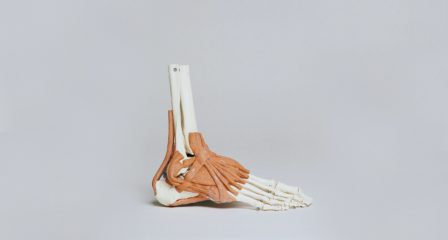Assessing performance and asymmetries using our VALD systems have been incredibly advantageous in determining areas in need of focus within building programs and progressing through rehab.
Having measurable (and visual) representation of current ability levels have given practitioners, but more importantly our clients a greater understanding of improvements made and requirements moving forward.
Through certain metrics – we can also determine strengths and weaknesses in other areas of athleticism.
Some common indexes’ that we track here at the clinic are as follows:
Dynamic Strength Index:
This is a score/ratio of how much force we produce in ballistic movements like jumping, vs the amount of force we produce from a static position.
An example of this would be comparing force outputs from a Countermovement Jump vs an Isometric Mid Thigh Pull.
These ratios give a really good idea of whether an athlete’s strength lies more in the maximal strength, or ballistic strength spectrum.
DSI Scores of below 0.60 show a higher level of max strength, and an athlete would benefit from a focus on ballistic emphasis during phases of training.
Between 0.60 and 0.80, we see a really good balance between strength and athleticism and can continue to train concurrently.
And finally for scores above 0.80 show good ability to perform athletic tasks – but would benefit from a bigger focus on max strength.
Elastic Utilisation Ratio:
This is the ratio for how well an athlete uses the Stretch Short Cycle (springy strength) during jumping/athletic tasks.
This is determined by performing two jumps. One with a countermovement, and the other without. For example, when we perform a countermovement jump we can make the most of our elastic qualities by using the downward momentum to spring us back up, whereas in a Squat Jump, we must pause in the squatted position before exploding into a jump, often requiring more muscular power.
By dividing the force of our CMJ by the Squat Jump, we get an Elastic Utilization Ratio. Similar to the Dynamic Strength Index – this can play a role in determining focuses in training. A ratio less than 1.2 may see benefit in increasing static strength work, vs scores greater than 1.2 may see benefit in increasing ability to produce force using the Stretch Short Cycle.
Normative Data:
Normative data is a collection of results from specific cohorts, ranging from elite sport – to healthy general population.
This has been great to compare results in a number of different ways, eg. Aspiring athletes comparing their scores with elites in their chosen sport, or using average scores to aim for when returning to sport post injury.
If you have any questions, or are interested in using these tools in your training, make sure to book with our Strength and Conditioning Coaches!



